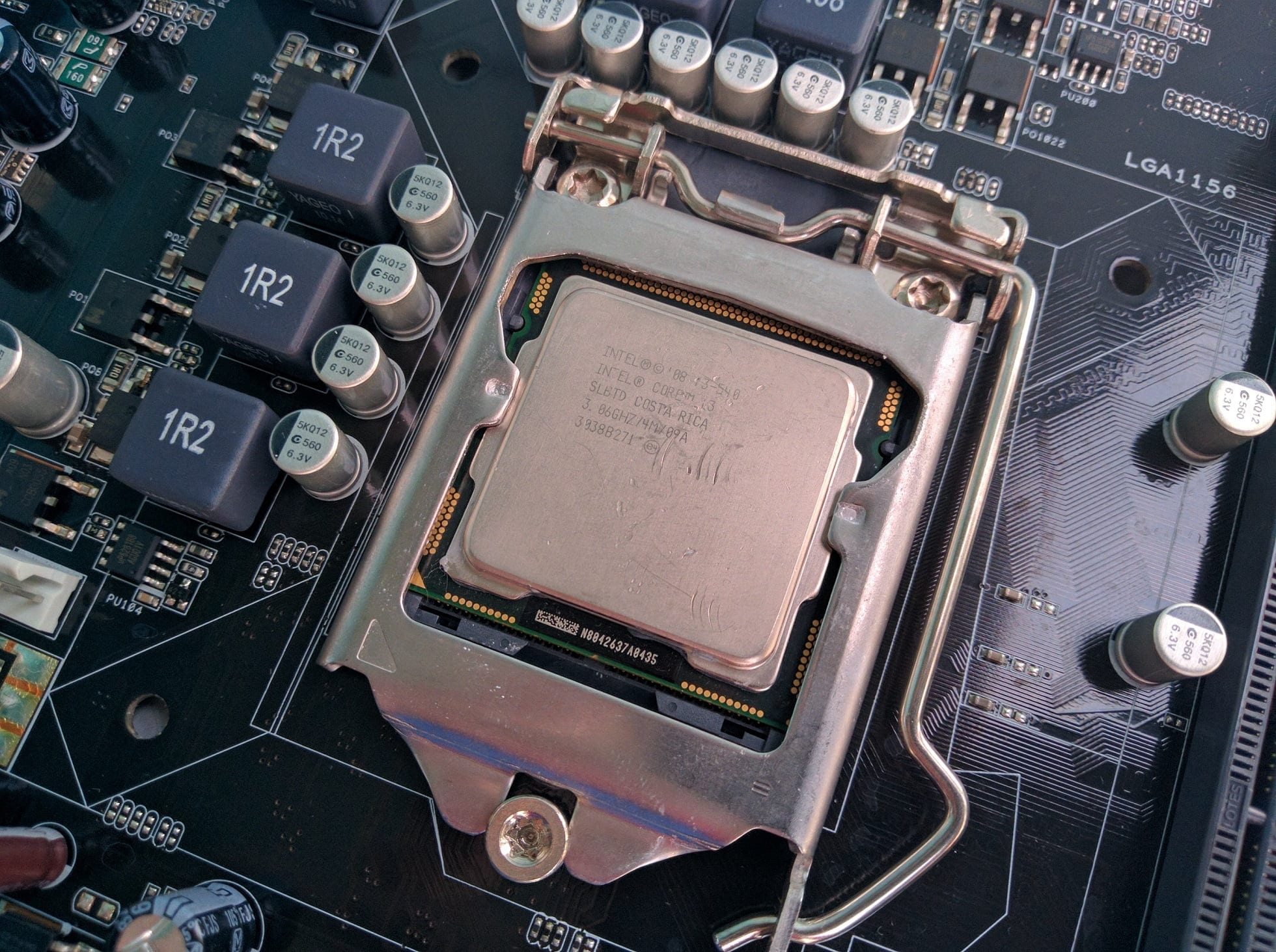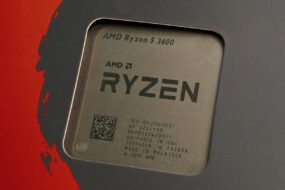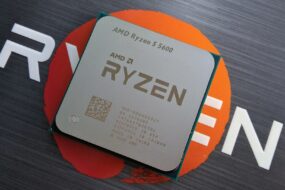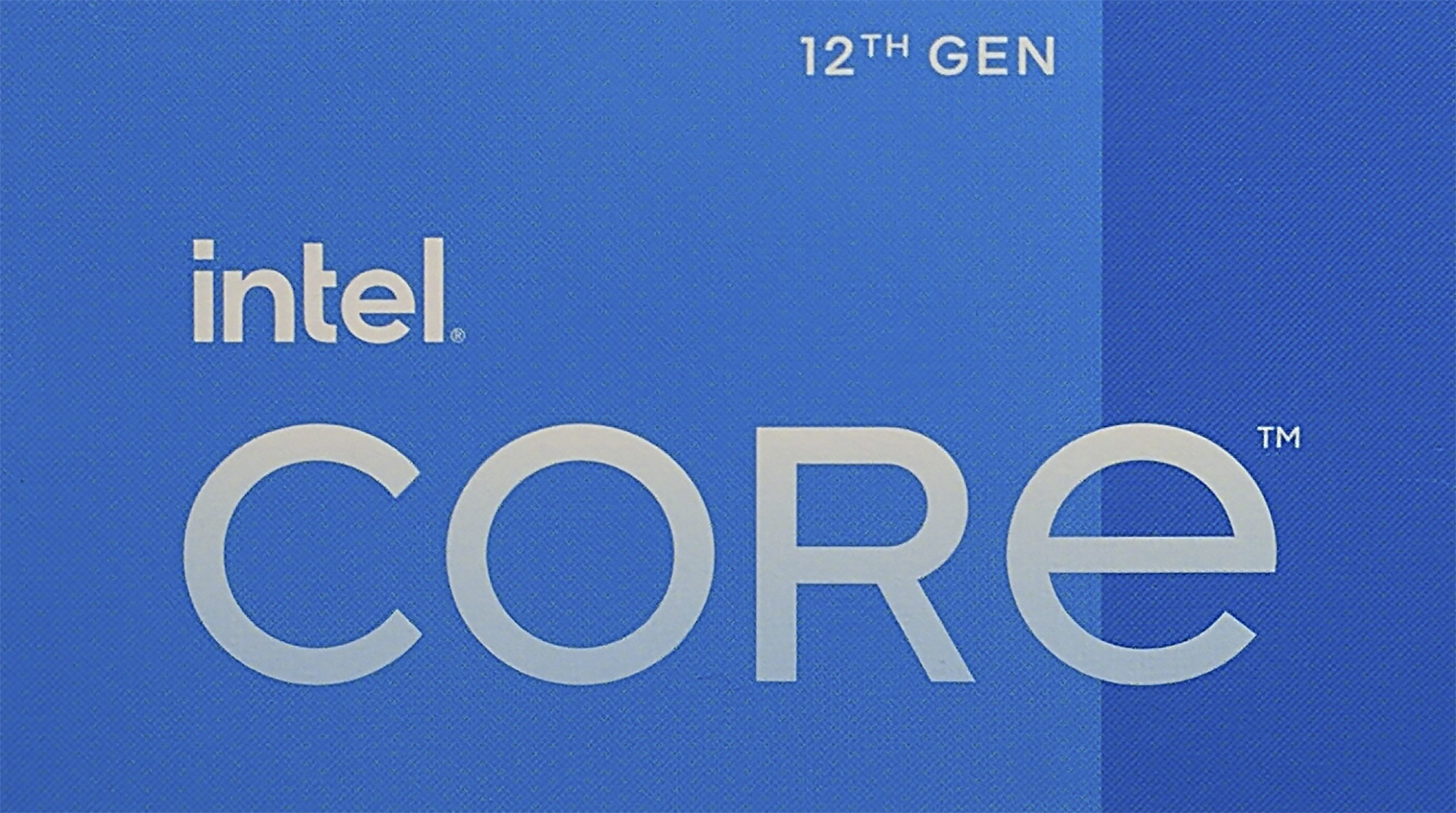
Video review:
Below is its text version:
Today we decided to test one of the first generation Intel Core processors. Namely the Core i3 540.
The base frequency of this processor is 3066MHz. CPU-NB, or UnCore part of the crystal, which includes a memory controller and a third-level cache, operates at a frequency of 2133MHz.
The maximum frequency of RAM that the processor supports out of the box is 1333MHz.
We were able to overclock our instance to a frequency of 4600 MHz. At the same time, the voltage on the cores was 1.42V and 1.35V on the UnCore part. This suggests that we have come across not the worst sample. The maximum overclocking frequency at which the first-generation Core i3 processors can operate stably varies from 4200 to 4800 MHz (rare copies are capable of 5000 MHz).
With such an overclocked processor cores, the UnCore frequency was 3200 MHz, and the RAM was 1600 MHz.
Compared to the base frequency of the processor, the gain is an impressive 50%. Now it remains to find out whether the chip can boast the same performance gain.
All games were manually tuned, specifically in order to maximize the processor load and prevent the video card from becoming a “bottleneck”.
Based on this, the screen resolution was also chosen. 720p won’t let the GeForce GTX760 be the limiting factor.
Let’s move on to the tests
Test setup:
- Config: Motherboard – ASUS P7P55 LX
- CPU – Core i3 540 on Cooler Master 212+
- RAM – 2x4GB DDR3 Hynix HMT351U6CFR8C-PB
- GPU – Zotac AMP! GeForce GTX 760 2GB GDDR5
- HDD – WD 1TB WDC WD10EZEX-08WN4A0
- PSU – FSP Epsilon 900W 80+
Supporting software:
- Windows 10
- ShadowPlay
- MSI Afterburner
Game Test Results:
In Battlefield 1, the average frame rate increase was about 20%.
In the DiRT 4 project, the chip received a 25% increase in performance from overclocking.
GTA 5 reacted extremely positively to the overclocking of the processor, here the increase was 30%.
In the latest Hitman, the average gain was a depressing 19%.
The benchmark of the second part of Tomb Raider showed only the inability of the processor to render some objects at the stock frequency. Because of this, the results cannot be considered standard.
Watch_Dogs 2 has pleased with 24% increase in frame rate.
Conclusion
As a result, having increased the processor frequency by 50%, we got only about 24% performance gain. In our opinion, this is due to the structural features of the chips of the first generation of Intel Core i3 processors – with their two-crystal layout.
Based on the test results, we can observe that a simple increase in the processor frequency does not guarantee an equivalent performance gain in games.
Updated 05.22.




